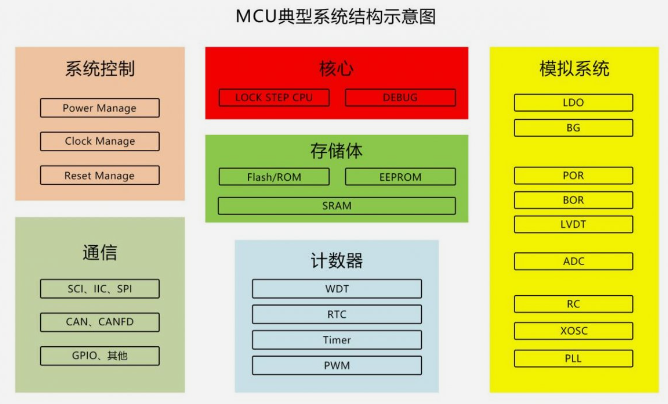
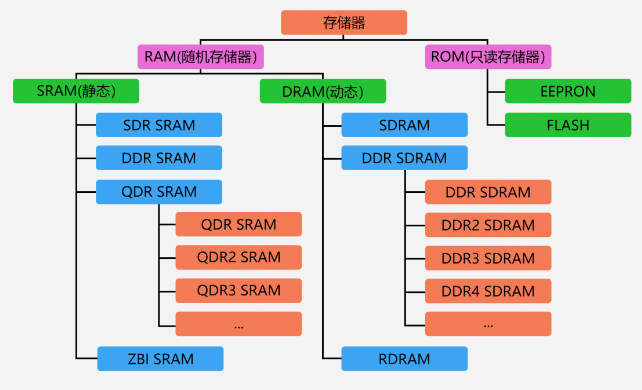

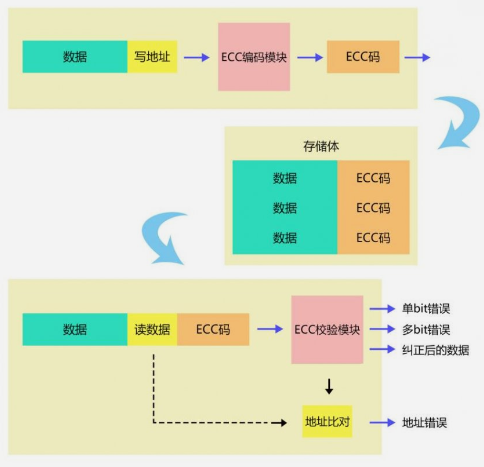
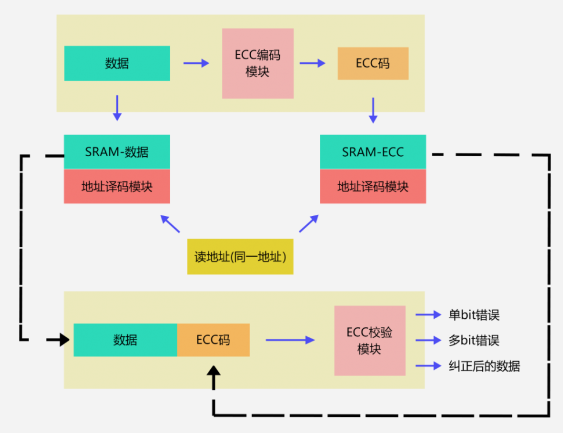
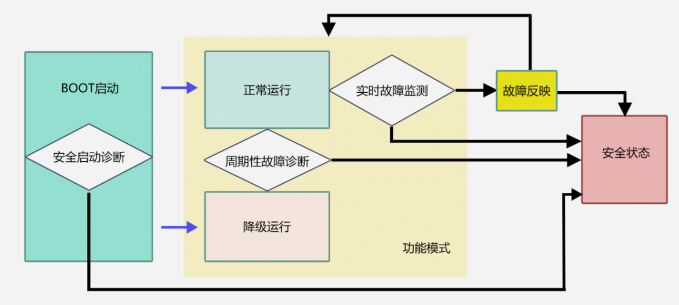
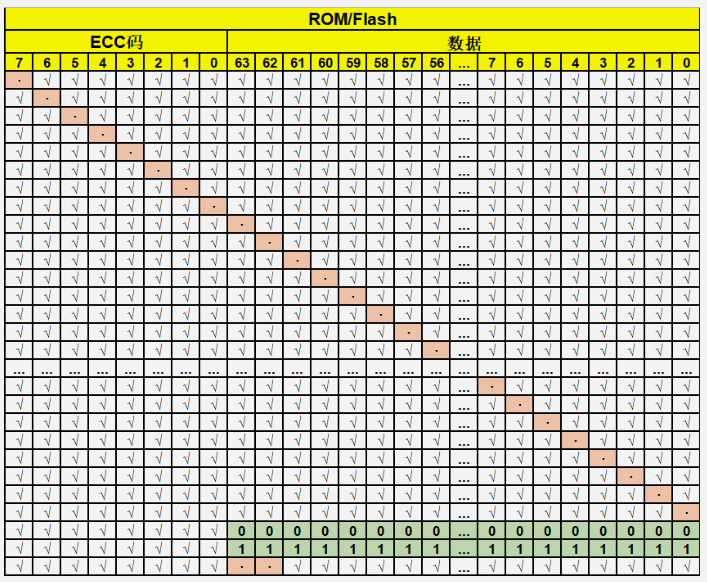
-
F-15 Fighter Jet and Weapons Open Source!! A total of 250G……
-
Animation Demonstrating I2C, SPI, UART Communication Processes, Very Intuitive!
-
US Military Sonar Buoy Captured in the South China Sea, Let’s Take a Look Inside!
-
32-bit MCU Tape-Out Successful! Vocational Schools Can Also Develop Their Own Chips Now
-
SK Group Restructuring, HBM Welcomes Major Investment
